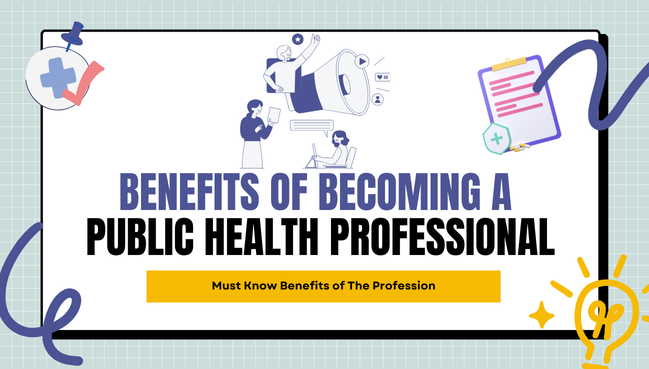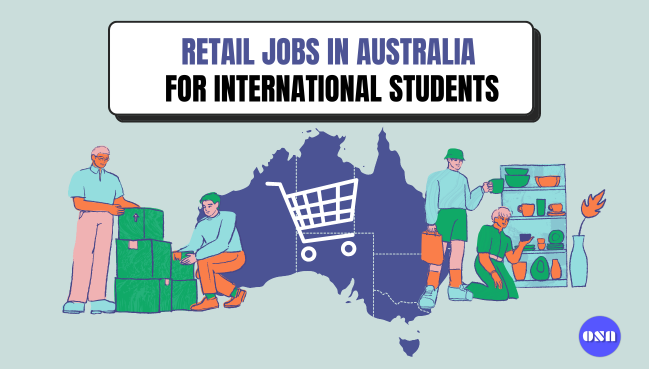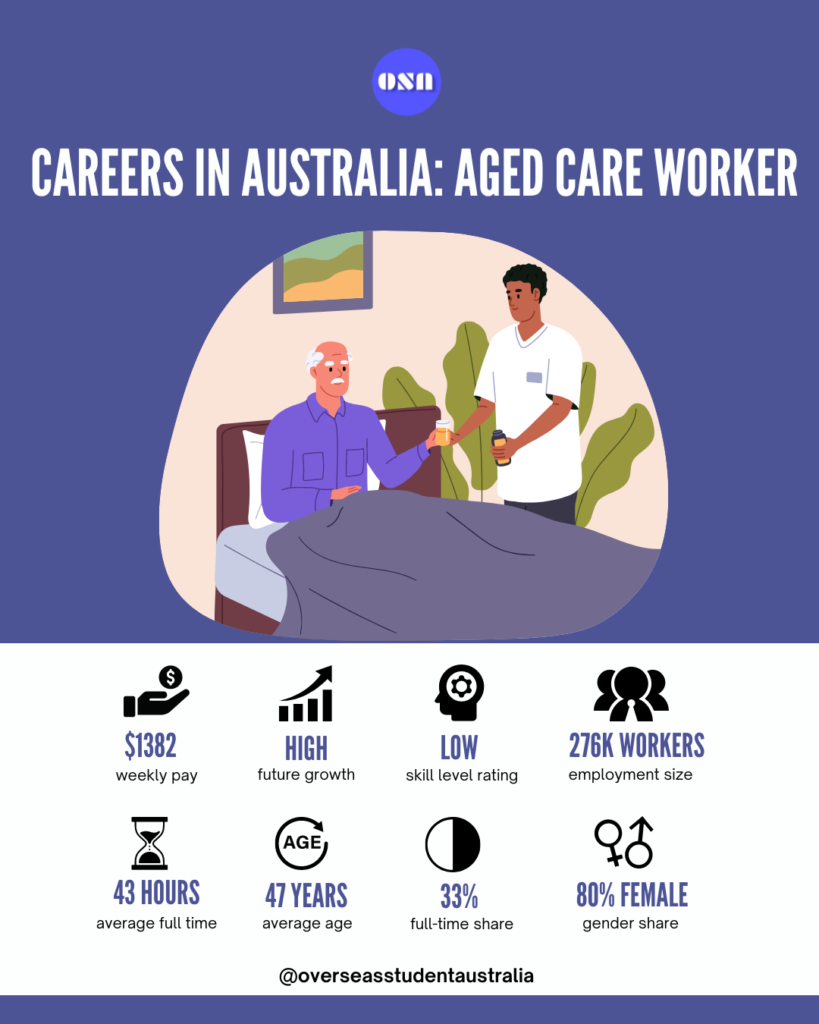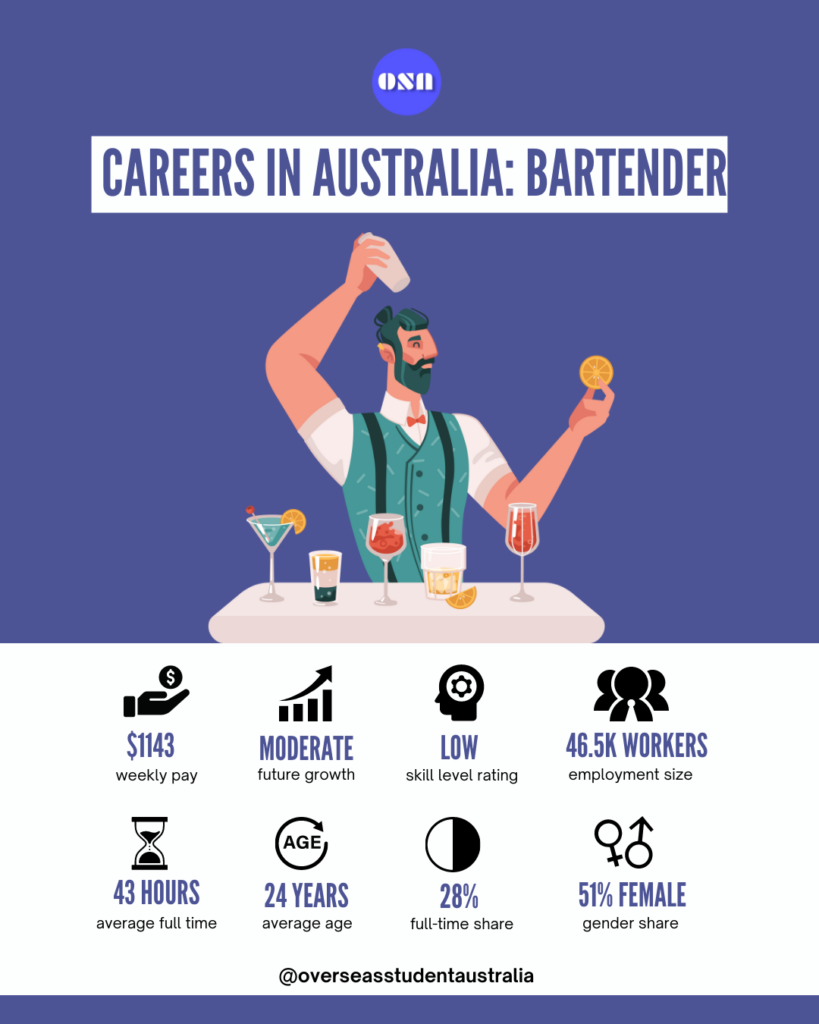Closing Soon: Graduate Program, Internships and Vacation Programs in Australia for International Students

Are you an international student looking for graduate program, internship or vacation program in Australia?
Well, look no further as in this article we are covering all the details you need to know about Graduate Program, Internships and Vacation Programs in Australia.
But you need to be quick as most of these programs are ending soon.
First let’s understand the basics.
What is Graduate Program, Internship and Vacation Program?
Graduate Program is a structured long term programs (usually 12 to 24 months) which are designed to develop recent university graduates into full-time employees.
Internships offer short term (usually few weeks to few months) practical work experience related to the field of study. These can be undertaken while studying or after graduation.
Vacation Program are shorter program (usually 4 to 12 weeks) that typically run over summer break to give current students a taste of professional life in their field of study. They are like mini-internships.
Why these programs are important for international students?
You might have this question.
Here is why:
- Practical Work Experience: These programs helps you to learn about the operations of the Australian workplace culture, communication style and industry practices.
- Building Network: You are going to work with professionals in your industry and that can open door of opportunities for you. Remember, professional networking is everything in Australia.
- “No Local Experience” issue solved: It solves one of the biggest mystery in the life of an international student in Australia. It gives you unfair advantage over others with no local work experience.
When do these graduate programs, internships and vacation open for application in Australia?
Most of the employers in Australia open their application for these graduate, internships and vacation programs during the months of July and August.
And usually they are only open for few days to few weeks. So you need to be quick in order to apply for them.
However, some employers might have these opportunities available through out the year. So it is a good idea to keep an eye out on these programs.
What are the latest openings for Graduate Program, Internships and Vacation Programs in Australia?
Let’s get into the main part of the article.
So, here are some of the latest programs and internships that are going to close soon:
🎓 Grant Thornton 2026 Graduate Program – International Students
📍 Locations: Sydney, Brisbane, Perth, Adelaide, Melbourne
🧭 Divisions: Audit & Assurance, Tax, Financial Advisory (Corporate Finance, Restructuring, Forensics), Consulting
🧑🎓 Eligibility:
- International students at Australian universities
- Must hold a Student Visa (Subclass 500) or Temporary Graduate Visa (Subclass 485)
- Completing studies by mid-2026 or graduated within the last 2 years
🗓 Applications Close: August 17, 2025
✨ Program Highlights: Structured learning and support. Flexible work options (incl. 9-day fortnight)
🧳 Grant Thornton 2025/2026 Vacation Program – International Students
📍 Locations: Sydney, Perth, Adelaide, Melbourne
🧭 Divisions: Audit & Assurance, Tax, Financial Advisory (Corporate Finance, Restructuring, Forensics), Consulting
🧑🎓 Eligibility:
- International students at Australian universities
- In penultimate or final year of study
- Must hold Student Visa (Subclass 500) or Graduate Visa (Subclass 485)
🗓 Applications Close: August 17, 2025
✨ Program Highlights: 4–6 week, full-time, paid internship
🧬 CSIRO 2025/26 Undergraduate Vacation Studentship
📍 Location: Various
🧭 Fields Available: Manufacturing, Environment, National Collections & Marine Infrastructure, Mineral Resources, Agriculture & Food, Information Systems, Health & Biosecurity, Space & Astronomy, Energy
🧑🎓 Eligibility:
- Open to International Students with full work rights
- Must be enrolled at an Australian university
- Completed at least 1 year of undergraduate study
🗓 Applications Close: August 7, 2025 (11:00pm AEST)
✨ Program Highlights:
- 8–12 week, full-time, paid Summer placement (Nov–Feb)
- $1,988.70 per fortnight
💻 CSIRO 2025/26 Pawsey Summer Internship Program
📍 Location: Various (depends on project)
🧠 Fields Available: Computational Science, Machine Learning & AI, Code Optimisation
Data Management, Quantum Computing, Visualisation
🧑🎓 Eligibility:
- Open to International Students with full work rights
- Must be enrolled at an Australian university
- Completed at least 1 year of undergrad or currently in a graduate degree
📚 Strong academic record preferred
🗓 Applications Close: August 7, 2025 (11:00pm AEST)
✨ Program Highlights:
- 10-week full-time paid internship (Nov 24 – Feb 13, includes 2-week break)
- $1,988.70 per fortnight
💼 KPMG 2025/26 Vacationer Program (Rolling Intake)
📍 Location: National (select your preferred office during application)
📚 Fields of Work: Accounting, Law, Engineering, Data Sciencem, Business, Policy
Cybersecurity, Other aligned disciplines
🎓 Eligibility:
- Open to students in their second last year of undergraduate or postgraduate study in 2025
- International students eligible with full working rights in Australia
🗓 Applications Close: Rolling intake — apply ASAP ⚠️ Positions filled as they open
✨ Program Highlights:
- 3–8 week paid full-time internship (starting Nov 2025, dates may vary by team)
💼 KPMG 2026 Graduate Program (Rolling Intake)
📍 Location: National (select your preferred office during application)
📚 Fields of Work: Accounting, Law, Engineering, Data Sciencem, Business, Policy
Cybersecurity, Other aligned disciplines
🎓 Eligibility:
- Final-year students in 2025 or recent graduates not yet in professional employment
- International students eligible with full working rights in Australia
🗓 Applications Close: Rolling intake — apply ASAP
✨ Program Highlights:
- Full-time, permanent graduate role
- Start Feb 2026 (some flexibility depending on team)
- 1-year development program with structured training, mentoring & coaching
💼 PwC FY26 Graduate Program
📍 Location: National (locations not specified — assumed across major cities)
📚 Fields of Work: Accounting, Assurance, Audit, Tax, Advisory, Legal
🎓 Eligibility
- Final-year students or graduates from 2022–2025
- Must have full-time working rights in Australia
- International students must provide Visa documentation and English language test results (IELTS, TOEFL, PTE, etc.) per Dept of Home Affairs
🗓 Applications Close: 09 August 2025
✨ Program Highlights
- 18-month graduate program starting early 2026
- Real-world client work in streams such as External Audit
💼 PwC FY26 Vacationer Program
📍 Location: National (locations not specified)
📚 Fields of Work: Accounting, Assurance, Audit, Tax, Advisory, Legal
🎓 Eligibility
- Penultimate-year undergraduate or postgraduate students (Expected graduation 2026)
- Must have full-time work rights in Australia
- International students must provide: Visa documentation and English language proficiency test results (IELTS, TOEFL, etc.) as required by Department of Home Affairs
🗓 Applications Close: 09 August 2025
✨ Program Highlights
- 7-week full-time paid summer internship (early 2026)
- Strong pathway to graduate roles (~80% conversion rate)
💼 Deloitte 2025/26 Vacationer Program – International Students
📍 Locations: Brisbane, Darwin, Adelaide, Perth (Tax & Legal); Hobart (Deloitte Access Economics)
📚 Fields of Work: Tax & Legal (Commerce – accounting/finance) and Deloitte Access Economics (Economics/Public Policy)
🎓 Eligibility
- International students finishing studies in 2026
- Studying relevant degrees as above
- Background screening required
🗓 Applications Close: 20 August 2025
✨ Program Highlights
- 7+ weeks paid summer vacation program
💼 Deloitte 2026 Graduate Program – International Students
📍 Locations: Brisbane, Darwin, Adelaide, Perth, Sydney, Western Sydney
📚 Fields of Work: Tax & Legal (Commerce – accounting/finance), Audit (Accounting, CA eligibility), Assurance (Accounting, Finance, Economics, STEM, Actuarial Science)
🎓 Eligibility
- Finishing studies by end 2025 or recent graduates
- Meet degree requirements as per stream
- Full-time working rights in Australia
- Background screening required
🗓 Applications Close: 20 August 2025
✨ Program Highlights
- 18-month full-time graduate program
- Coaching and career support including CA or Masters of Tax options
💼 TikTok 2026 Internship Opportunities – Various Roles
📍 Location: Sydney
📚 Fields of Work: Computer Science, Software Engineering, Information Systems, Electrical Engineering, Data Science, AI, Multimedia, Product Management
🎓 Eligibility:
- Current undergraduate/postgraduate students (BS/MS) graduating December 2026 or later
- Must remain enrolled throughout the internship
- Graduates not eligible
🗓 Applications: Not specified, apply ASAP
✨ Program Highlights:
- Minimum 12-week internship, typically starting January 2026
- At least 3 days/week onsite required
🧳 Department of Housing and Public Works 2026 Graduate Program
📍 Locations: Statewide across Queensland
🧭 Fields: Architecture, Engineering & Building Design , Construction , Environmental Science & Sustainability, Finance & Accounting ,Human Resources, Procurement, Project Management, Property Economics, Town Planning & Urban Development
🧑🎓 Eligibility:
- Completed or completing a undergraduate or postgraduate degree between Jan 2023 – Jan 2026
- International students eligible with recognised overseas qualifications and valid visa (must maintain right to work)
🗓 Applications Close: August 20, 2025
✨ Program Highlights: 2 years program, $76,217 annual starting salary, 12.75% superannuation, 17.5% holiday loading
🧳 Queensland Government 2026 Digital Graduate Program
📍 Location: Brisbane, Queensland
🧭 Fields: Information Technology, Cloud Computing, Cyber Security, Computer Science, Data Analytics, Robotics, Telecommunications, Information Management, Mathematics, Business, Marketing, Procurement, Project Management, Law, Creative Industries, UX/UI Design, Web & Multimedia
🧑🎓 Eligibility:
- Completed or completing a Bachelor’s, Graduate Certificate, or Master’s between Jan 2022 – Jan 2026
- International students eligible with recognised overseas qualifications and valid visa (must maintain right to work)
🗓 Applications Close: August 22, 2025 (11:59pm AEST)
✨ Program Highlights: Start Date February 2026, 2 years program, $76,217 annual starting salary, 12.75% superannuation, 17.5% holiday loading
🧳 Department of Transport and Main Roads 2026 Graduate Program
📍 Locations: Statewide across Queensland
🧭 Fields: Civil Engineering, Electrical Engineering, Mechanical Engineering, Environment and Cultural Heritage, Town and Transport Planning, Property and Property Economics, Spatial Science and Surveying
🧑🎓 Eligibility:
- Completed or completing a Bachelor’s or higher degree within the last 3 years and before February 2026
- Australian/NZ citizens, permanent residents, or visa holders with unrestricted working rights
- Engineering degrees must be Washington Accord-accredited or assessed by Engineers Australia
- International students eligible with recognised overseas qualifications and valid visa (must maintain right to work)
🗓 Applications Close: September 1, 2025
✨ Program Highlights: 2 years, with ongoing permanent employment, Starting salary from $74,130 with automatic pay increase after 12 months
🧳 Queensland Police Recruit Training Program
📍 Location: Statewide across Queensland (Training in Brisbane or Townsville)
🧭 Fields: General Policing (No specific degree required – focus on community service, law, and public safety)
🧑🎓 Eligibility:
- Aged 17+ at application, and under 60 at program start
- Completed Year 12 (or equivalent) or 3+ years full-time (or part-time equivalent) work experience
- International students eligible with recognised qualifications and valid visa (must maintain right to work)
- Must meet physical and mental fitness standards
🗓 Applications: Open year-round
✨ Program Highlights: $55,200 training salary, 6 weeks recreation leave per year
🧳 Department of Education 2025 Teaching Roles
📍 Locations: 1,264 state schools across Queensland
🧭 Fields: State Delivered Kindergarten, Primary, Secondary, Special Education
🧑🎓 Eligibility:
- Completed a relevant teaching qualification (phase/curriculum specific)
- Registered with the Queensland College of Teachers (or eligible)
- International students eligible with recognised overseas qualifications and valid visa (must maintain right to work)
🗓 Applications Close: Not Specified
✨ Program Highlights: Starting salary from $84,078, sick leave, long service leave, paid parental leave
🧳 Pathology Queensland 2026 Graduate Medical Scientist Program
📍 Location: Brisbane – North (with potential placements across Queensland Health)
🧭 Field: Medical Laboratory Science (or equivalent)
🧑🎓 Eligibility:
- Bachelor’s degree or higher in Medical Laboratory Science (completed between 31 Oct 2023 – 31 Jan 2026)
- No prior lab experience as a Medical Scientist
- International students eligible with recognised overseas qualifications and valid visa (must maintain right to work)
🗓 Applications Close: August 29, 2025
✨ Program Highlights: Early 2026 Start, 12 months program, Salary: $3,030–$4,453 fortnightly, 12.75% employer superannuation, 17.5% holiday loading
Please note that this is not exhaustive list and we will try to update it with new opportunities during the month as soon as we find them. So we suggest you to keep checking back this article.
If you know any other opportunities and programs like this for international students, then you can reach out to us via the contact form here.
You can also check some other popular employers for internships and graduate programs in Australia here.








